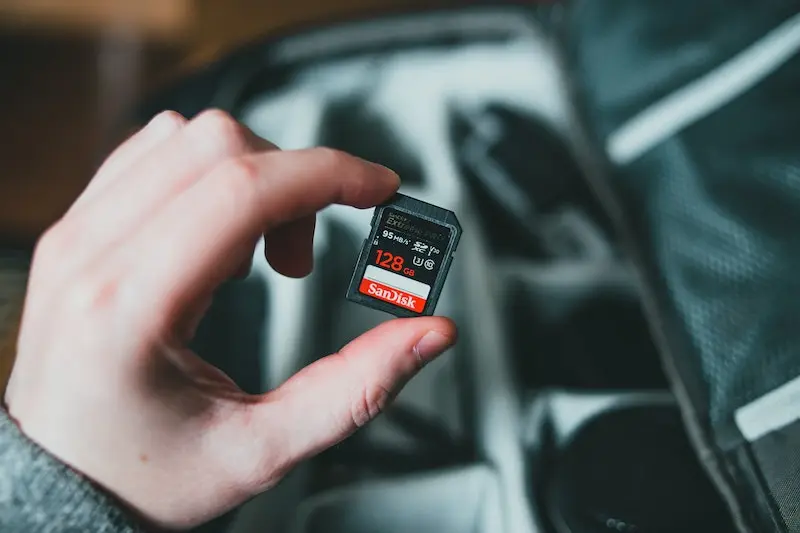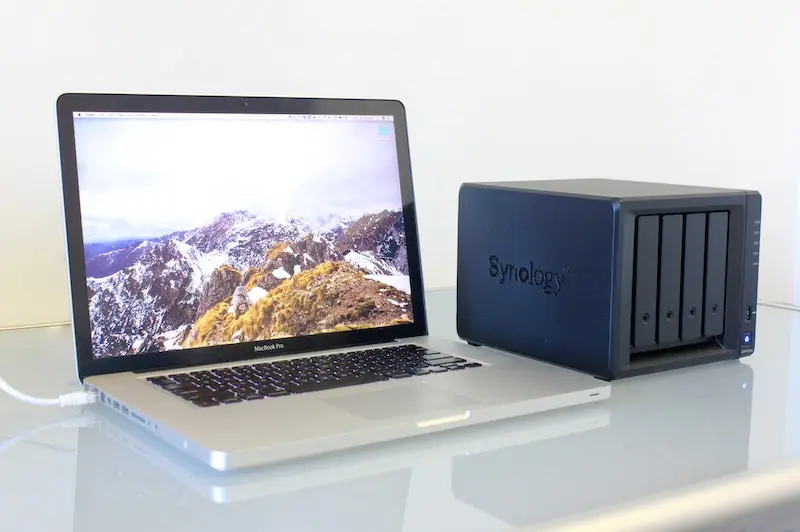Photography has significantly evolved in recent years with the emergence of smartphones and other tablets that allow you to take lovely pictures. However, there is a benefit to having a camera. It is an indispensable tool for photographers, amateur or experienced, who can apply a few principles to create beautiful photos. Some are very successful in their field.
This success is intrinsically linked to their skills, but also to perfect organization, without which nothing is possible. Indeed, no one is immune from a stroke of fate. One wrong move or a system failure, and the fairy tale can end before it even begins. Hence the importance of being organized and saving photos on multiple media. There are different ways of doing this.
Discover the best solutions for saving your images.
Table of contents
Memory card, temporary storage equipment
This type of flash memory device is not to be neglected in the backup process, even if in reality it ensures the transition to other equipment more specifically dedicated to the storage and protection of RAW and JPG files. It is very common to use SD cards to store photos. They ensure the real-time transfer of photos from the camera to a laptop. To do this, it is first necessary to check the compatibility of the memory card with the digital camera.
This solution is usually very convenient for backing up photos while traveling. The portability of memory cards is a significant asset, especially when the photographer finds themselves in difficult environments. They also serve as backup copies, provided the camera has two memory card slots. The photos can be effectively saved and secured in this way. Simply activate the "second copy" or "backup copy" feature, and you’re done.
The other positive point is that this storage hardware is able to back up a great deal of data. However, it is advisable to use two 16GB cards instead of a single 32GB card, for example. This way, in the event of a problem with one of the cards, the loss is not total, as half of the data will be protected. Also, to protect yourself against hardware failures, it would be better to buy good-quality memory cards that perform better when used. To ensure a long life, they should always be kept in the camera or placed in their case.

The external hard drive, a must-have storage tool
Transferring photos to computer equipment is the next step. Data stored on memory cards can be saved to the internal hard drive of a laptop or desktop computer. There is still a risk that the device will be infected and the files will be deleted or no longer accessible due to theft or hardware breakage. It is therefore recommended to perform a second backup of the images on an external hard drive. This is a duplication of data and not an extension of the storage capacity of the internal hard disk due to insufficient memory.
Having an external hard drive is an excellent solution for backing up your photos. If this type of media represents an essential storage and backup tool, it’s because it offers an excellent storage capacity. There are several models on the market with different characteristics. As a result, the choice is not necessarily an easy one to make. To make a good investment, the photographer must evaluate how often they use their camera. Depending on whether they take pictures every day, on weekends or only on vacation, they will not produce the same amount of data. The size of the disc will need to be adjusted accordingly.
While external hard drives are excellent tools for doubling up on internal hard drive backups, using multiple drives can be considered for even more security. However, there is no point in keeping them in one place because of various hazards that can occur, such as fire, flooding or burglary. Copies of drives must be thoroughly separated. Under these conditions, it is important to ensure that off-site backups are regularly updated. This is an exercise that can become tedious in the long run.
The NAS, a multiple storage server
An NAS (Network-Attached Storage) is an interesting backup solution for professional photographers. It is, in fact, a server whose function is to secure, save, share and facilitate access to files from several multimedia devices connected to the same network. The content of the NAS is therefore visible as a simple shared folder, locally or remotely. The enclosure is equipped with one or more bays designed to accommodate a defined number of hard drives (SSD or HDD).
This storage medium has many advantages. Depending on the settings, the images can be saved continuously on the computer. It is interesting to note that, thanks to the RAID and Snapshot features, the failure of one of the hard drives does not jeopardize the backup process. In addition, the saved files can be accessed from any computer connected to the web through an FTP tool or a smartphone application and the right login credentials.
When choosing an NAS solution, the photographer must question their needs. If the goal is to use it primarily as a backup and data security medium, it would be better to opt for a model with several storage bays in order to create different backups on several hard drives. If the media is also to act as a media player, special attention must be paid to the processor or memory. To facilitate sharing, including direct connection to a TV, the type of interface and functionality should be considered instead.
However, the risk of breakdown is omnipresent and therefore the risk of partial or total loss of stored data, not to mention cases of theft. This can be perceived as a drawback by some professionals who prefer to use it as a complement to any electronic backup.

The Cloud, a photo backup system accessible anywhere
- data available and accessible in real time;
- flexible use;
- enhanced security;
- a cost-effective solution;
- automated photos backup.









